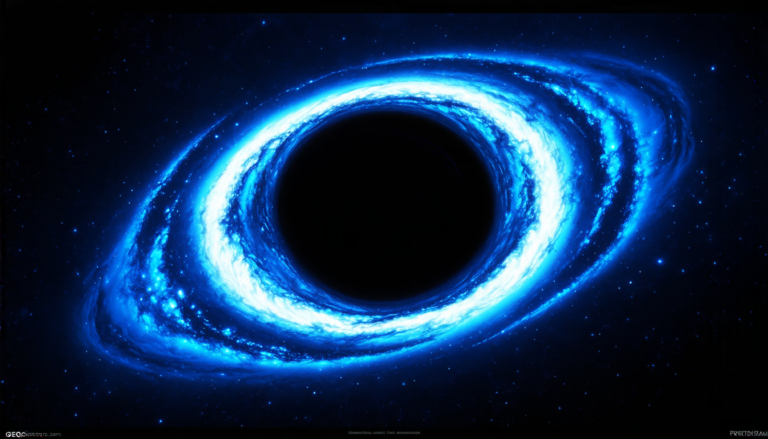Wednesday 09 April 2025
A team of researchers has developed a new method for monitoring and controlling nuclear reactors using artificial intelligence. The approach, known as Shallow Recurrent Decoder (SHRED), uses machine learning to reconstruct the state of a reactor based on limited measurements.
Traditional methods for monitoring nuclear reactors rely on complex computer simulations that require vast amounts of data. However, these models can be time-consuming and expensive to run, making them impractical for real-time monitoring and control. SHRED offers a more efficient solution by using machine learning algorithms to predict the state of the reactor based on limited measurements.
The researchers used SHRED to monitor a simulated Molten Salt Fast Reactor (MSFR), a type of nuclear reactor that uses molten salt as its coolant. The MSFR is an attractive option for future nuclear power plants due to its potential for improved safety and efficiency. However, it poses significant challenges for monitoring and control due to the complexity of its dynamics.
SHRED was trained on a dataset of simulated measurements from the MSFR, including temperature, pressure, and neutron flux data. The algorithm used this data to learn the patterns and relationships between these variables, allowing it to make accurate predictions about the state of the reactor.
The researchers tested SHRED by simulating an accidental scenario in which the fuel flow is interrupted, causing a loss of coolant and heat removal. They found that SHRED was able to accurately predict the resulting changes in the reactor’s state, including temperature and pressure increases.
SHRED’s ability to make accurate predictions in real-time makes it a promising tool for monitoring and controlling nuclear reactors. This could enable operators to respond quickly and effectively to unexpected events, reducing the risk of accidents and improving overall safety.
The researchers also plan to use SHRED to monitor other types of nuclear reactors, including pressurized water reactors and boiling water reactors. They believe that this technology has the potential to revolutionize the way we monitor and control nuclear power plants, making them safer and more efficient.
In addition to its applications in nuclear energy, SHRED could also be used in other fields where complex systems need to be monitored and controlled. This includes industries such as aerospace, automotive, and chemical processing, where accurate predictions of system behavior are critical for safety and efficiency.
Overall, the development of SHRED represents a significant advance in the field of artificial intelligence and its applications in nuclear energy.
Cite this article: “Unlocking Nuclear Reactor Secrets with AI-Powered State Estimation”, The Science Archive, 2025.
Nuclear Reactors, Artificial Intelligence, Shred, Machine Learning, Monitoring, Control, Molten Salt Fast Reactor, Msfr, Nuclear Energy, Predictive Analytics







